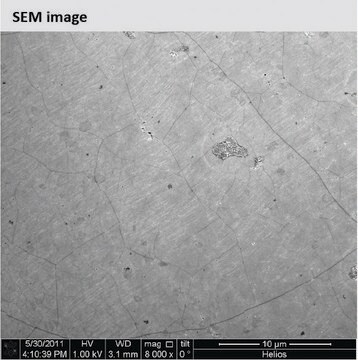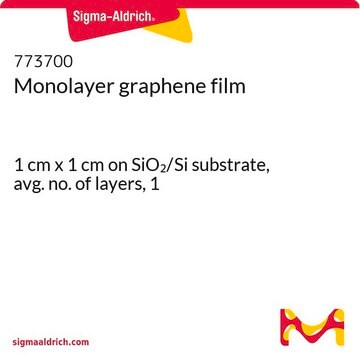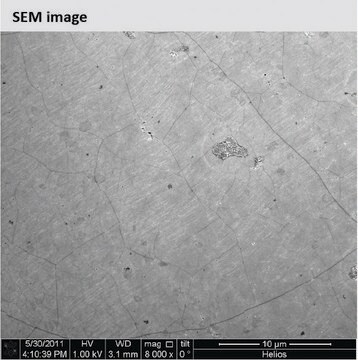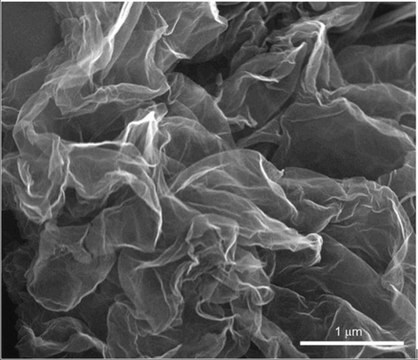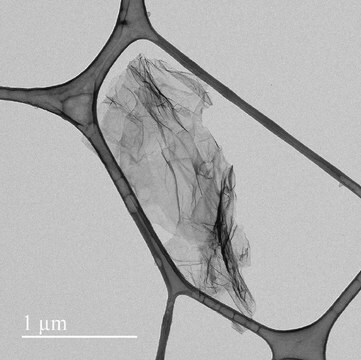799009
Graphene, monolayer film
1 in x 1 in on copper foil, avg. no. of layers, 1
Synonim(y):
Graphene/Cu
About This Item
Polecane produkty
product name
Monolayer graphene film, 1 in x 1 in on copper foil, avg. no. of layers, 1
Poziom jakości
opis
Coverage: >95%
FET Electron Mobility on Al2O3: 2;000 cm2/V·s
FET Electron Mobility on SiO2/Si (expected): 4; 000 cm2/V·s
Grain size: Up to 10 μm
Number of graphene layers: 1
Transparency: >97%
Postać
film
Właściwości
avg. no. of layers 1
opór
350 Ω/sq
dł. × szer. × grubość
1 in. × 1 in. × (theoretical) 0.245 nm, monolayer graphene film
1 in. × 1 in. × 18 μm, copper foil substrate
kolor
transparent
Szukasz podobnych produktów? Odwiedź Przewodnik dotyczący porównywania produktów
Opis ogólny
Transfer Method: Clean transfer method
Quality Control: Optical Microscopy & Raman checked
Zastosowanie
Kod klasy składowania
11 - Combustible Solids
Klasa zagrożenia wodnego (WGK)
WGK 3
Temperatura zapłonu (°F)
Not applicable
Temperatura zapłonu (°C)
Not applicable
Wybierz jedną z najnowszych wersji:
Masz już ten produkt?
Dokumenty związane z niedawno zakupionymi produktami zostały zamieszczone w Bibliotece dokumentów.
Klienci oglądali również te produkty
Produkty
Professor Gogotsi and Dr. Shuck introduce MXenes: a promising family of two-dimensional materials with a unique combination of high conductivity, hydrophilicity, and extensive tunability.
Advanced technologies for energy conversion and storage are widely sought after for their potential to improve consumer and electronic device performance as well as for the prospect of reducing the societal and environmental impact of energy generation.
The production of hydrogen by catalytic water splitting is important for a wide range of industries including renewable energy petroleum refining and for the production of methanol and ammonia in the chemical industry.
Nasz zespół naukowców ma doświadczenie we wszystkich obszarach badań, w tym w naukach przyrodniczych, materiałoznawstwie, syntezie chemicznej, chromatografii, analityce i wielu innych dziedzinach.
Skontaktuj się z zespołem ds. pomocy technicznej
